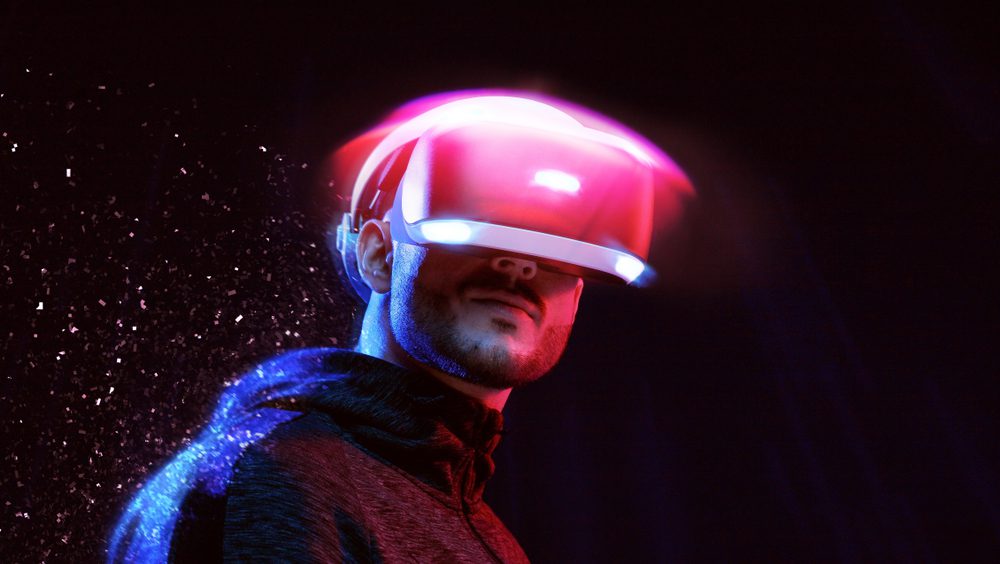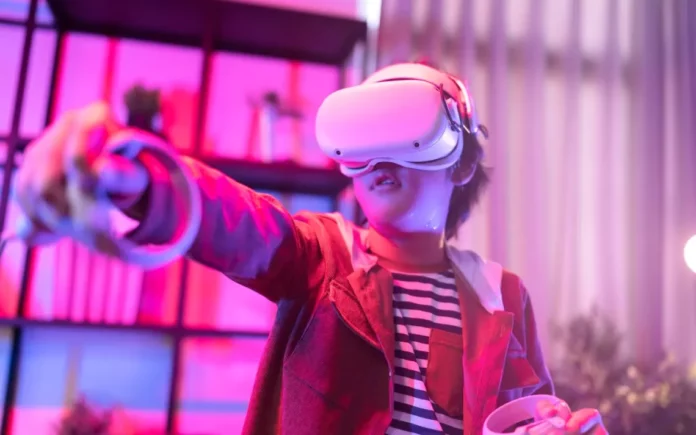This paper examines the basic elements of the Metaverse by analyzing scientific information, technological developments, and financial projections. The dialogue is rooted in empirical analysis on VR (Digital Actuality) and AR (Augmented Actuality) applied sciences, Latency points, Synthetic Intelligence (AI) purposes, and the evolving Financial Potential of those digital ecosystems. The evaluation helps the view that the Metaverse will not be out of date however stays an evolving area with vital future prospects.
1. Introduction

The fast progress of digital applied sciences has catalyzed the emergence of the Metaverse—a hybrid area mixing bodily and digital realities. Superior VR and AR programs permit seamless transitions between real-world and digital experiences, difficult conventional fashions of human–laptop interplay. This paper investigates whether or not the Metaverse has reached its finish or whether it is nonetheless in a section of energetic evolution. Our evaluate is grounded in scientific literature, technical efficiency metrics, and market tendencies that collectively recommend that the Metaverse is way from full.
2. Technological and Scientific Foundations

2.1. VR/AR Applied sciences and {Hardware} Developments
Current improvements in VR and AR {hardware} are essential to the Metaverse’s improvement. The most recent VR headsets characteristic:
Show Decision and Subject of View: Excessive pixel density and large fields of view guarantee immersive and detailed digital experiences. Empirical research point out that refresh charges of 90 Hz or larger are important for a practical expertise.
Latency: Sustaining latency under 20 milliseconds is essential to keep away from movement illness and guarantee correct movement monitoring. Ongoing analysis in processing energy and optimized information algorithms is central to reaching these metrics.
2.2. Synthetic Intelligence (AI) and Actual-Time Processing
The position of AI within the Metaverse extends from real-time personalization of digital environments to classy data-driven modeling of person interactions. Chopping-edge machine studying algorithms analyze behavioral patterns and adapt digital areas accordingly. Furthermore, experimental information from human–laptop interplay research—together with measurements utilizing EEG and fMRI—reveal that neurological responses in digital environments are just like these skilled in the true world, offering a scientific foundation for the immersion methods employed within the Metaverse.
3. Financial and Social Dynamics

3.1. Market Traits and Funding Knowledge
The financial potential of AR/VR applied sciences is underscored by sturdy funding tendencies. Analyses forecast that the market, valued at a number of billion {dollars} within the early 2020s, might attain a whole bunch of billions by 2030. Main know-how corporations and institutional traders are channeling vital capital into Metaverse-related ventures regardless of short-term volatility, recognizing the long-term Financial Potential of built-in digital ecosystems.
3.2. Social Interplay and Person Expertise Analysis
Behavioral research point out that immersive digital environments set off cognitive and emotional responses which can be analogous to in-person interactions. Analysis into Person Expertise has proven that fastidiously designed digital areas can improve social connectivity and engagement. The combination of VR and AR inside academic, skilled, and leisure contexts factors to a future the place the Metaverse will play a essential position in redefining communication and social collaboration.
4. Technical and Moral Challenges

4.1. Technical Limitations
A number of technical challenges stay within the realization of a completely built-in Metaverse:
{Hardware} Compatibility: Present units typically fall wanting assembly the stringent efficiency necessities mandatory for a very immersive expertise.
Knowledge Processing and Safety: The administration of large-scale, real-time information streams and the safeguarding of person info proceed to be pivotal analysis areas.
4.2. Moral and Regulatory Issues
Rising points regarding information privateness, digital id, and mental property necessitate proactive moral and regulatory frameworks. Because the Metaverse evolves, establishing clear pointers to guard person rights whereas fostering innovation is paramount.
5. Future Views and Conclusion

Scientific analysis and steady technological developments strongly recommend that the Metaverse will not be a defunct idea; fairly, it’s a dynamic and rising discipline. Enhancements in VR/AR {hardware}, coupled with breakthroughs in Synthetic Intelligence (AI) and Person Expertise design, are paving the way in which for a extra built-in and expansive digital ecosystem. Though challenges in technical compatibility and moral regulation stay, the continuing investments and analysis point out that the Metaverse has appreciable room for development.
In conclusion, empirical proof and forward-looking fashions point out that the Metaverse is way from over. As an alternative, it stays a transformative area with evolving capabilities that promise to redefine digital interactions and real-world purposes for years to return.
You Could Additionally Like
Comply with us on TWITTER (X) and be immediately knowledgeable concerning the newest developments…
Copy URL








